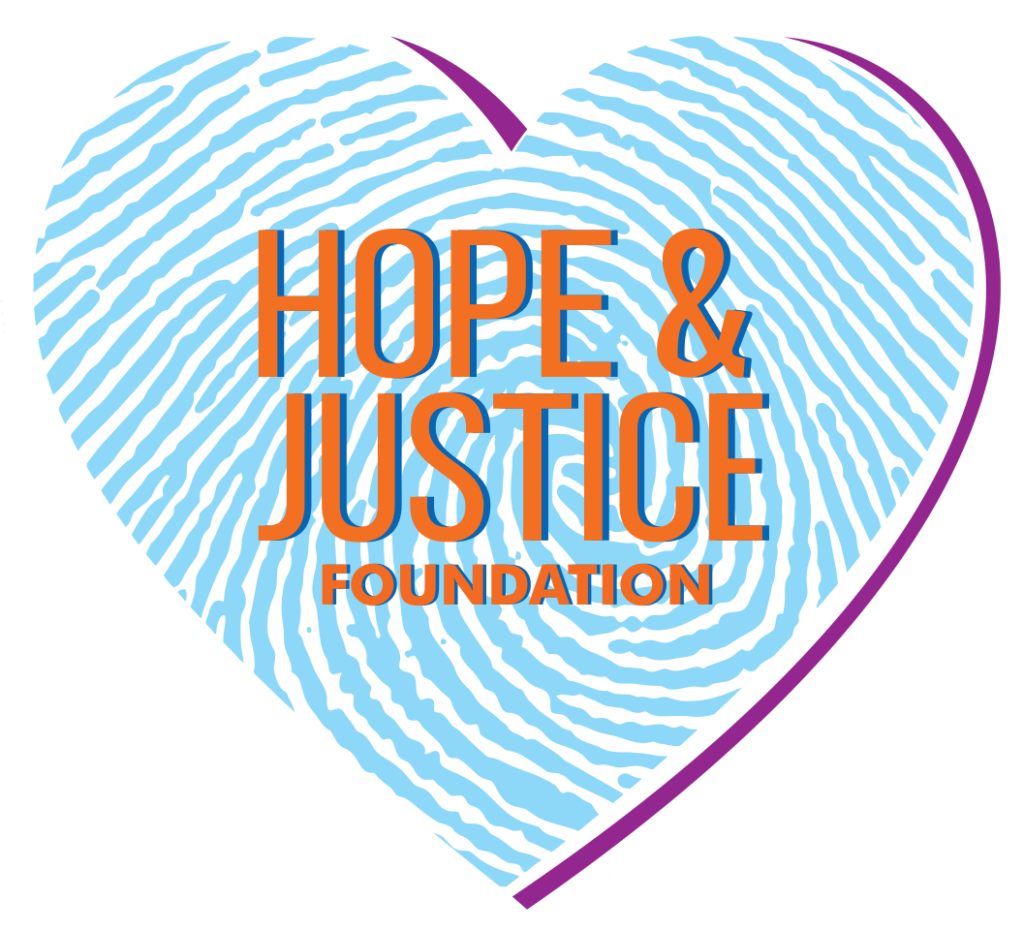Menu
Human Trafficking is “the recruitment, transportation, transfer, harboring or receipt of people through threat, force or other ways of coercion, abduction, fraud, deception, power abuse, a vulnerable position of giving or receiving payments or benefits to obtain a person’s consent to have control over them, for the purpose of exploitation”. This definition can be found in the Protocol of Prevention, Repression and Punishment of Human Trafficking, Especially Women and Children, complementary to the United Nations Convention against Transnational Organized Crime, also known as the Palermo Convention.
An increasing number of States are ratifying the Palermo Convention and its protocols, including countries in the area covered by the Call Office and UNODC Partnership in Brazil.
Recruitment, transport, transferência, accommodation or retention of people.
Threat or use of force, coercion, abduction, fraud, deception, abuse of power or vulnerability, or payments or benefits in exchange of control of the victim’s life.
For the purpose of exploitation, which includes prostitution, sexual exploitation, forced labor, slavery, organ removal and similar practices. To verify whether a particular circumstance constitutes human trafficking, consider the definition of trafficking in the Human Trafficking Protocol and the constituent elements of the offense as defined by pertinent national legislation.
Migrant Smuggling is a crime that involves obtaining financial or material benefit from the illegal entry of a person into a State in which that person is not national or a resident. Migrant smuggling affects almost every country in the world. It undermines the integrity of countries and communities and costs thousands of lives each year. UNODC, as guardian of the United Nations Convention against Transnational Organized Crime (UNTOC) and its Protocols, assists States in their efforts to implement the Protocol against Migrants Smuggling by Land, Sea and Air (Migrant Protocol).
Smuggling of migrants, even in dangerous and degrading conditions, involves the smuggled person’s knowledge and consent of the criminal act. In human trafficking, the consent of the victim of trafficking is irrelevant for the action to be characterized as trafficking or exploitation of human beings, since it is usually obtained with failure.
Smuggling ends with the arrival of the migrant at their destination, while human trafficking involves, after arrival, the exploitation of the victim by traffickers, in order to obtain some benefit or profit, through exploitation. From a practical point of view, victims of human trafficking tend to be more severely affected and need greater protection.
Migrants smuggling is always transnational, while human trafficking can occur both internationally and in the own country.

We are committed to making the world a better place, and we count on you to make that possible. The Hope & Justice Foundation is committed to impacting lives and communities, but we need your help.